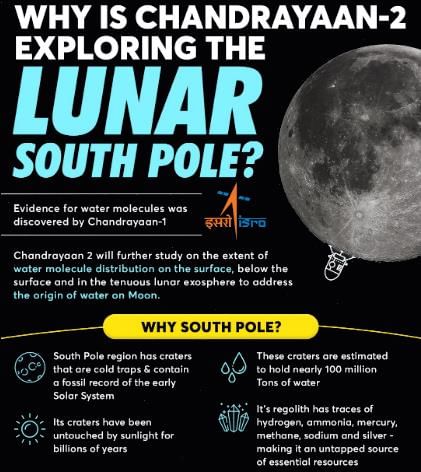Software Development Exam > Software Development Tests > Test: Current Affairs (Science and Technology) - Software Development MCQ
Test: Current Affairs (Science and Technology) - Software Development MCQ
Test Description
10 Questions MCQ Test - Test: Current Affairs (Science and Technology)
Test: Current Affairs (Science and Technology) for Software Development 2025 is part of Software Development preparation. The Test: Current Affairs (Science and Technology) questions and answers have been prepared
according to the Software Development exam syllabus.The Test: Current Affairs (Science and Technology) MCQs are made for Software Development 2025 Exam.
Find important definitions, questions, notes, meanings, examples, exercises, MCQs and online tests for Test: Current Affairs (Science and Technology) below.
Solutions of Test: Current Affairs (Science and Technology) questions in English are available as part of our course for Software Development & Test: Current Affairs (Science and Technology) solutions in
Hindi for Software Development course.
Download more important topics, notes, lectures and mock test series for Software Development Exam by signing up for free. Attempt Test: Current Affairs (Science and Technology) | 10 questions in 12 minutes | Mock test for Software Development preparation | Free important questions MCQ to study for Software Development Exam | Download free PDF with solutions
Test: Current Affairs (Science and Technology) - Question 1
Which among the following is the name of the rover recently been landed by NASA on Mars' surface?
Detailed Solution for Test: Current Affairs (Science and Technology) - Question 1
Test: Current Affairs (Science and Technology) - Question 2
‘Lucy’ Mission, recently in news is related to which of the following planet?
Detailed Solution for Test: Current Affairs (Science and Technology) - Question 2
Test: Current Affairs (Science and Technology) - Question 3
India's first human space mission "Gaganyaan" will be launched in which year?
Detailed Solution for Test: Current Affairs (Science and Technology) - Question 3
Test: Current Affairs (Science and Technology) - Question 4
India's first COVID-19 vaccine to get approval for children above 12 Years
Detailed Solution for Test: Current Affairs (Science and Technology) - Question 4
Test: Current Affairs (Science and Technology) - Question 5
What is the name of the Planetary Defense Spacecraft launched by NASA in November 2021?
Detailed Solution for Test: Current Affairs (Science and Technology) - Question 5
Test: Current Affairs (Science and Technology) - Question 6
In October 2021, which country launched its first homegrown space rocket?
Detailed Solution for Test: Current Affairs (Science and Technology) - Question 6
Test: Current Affairs (Science and Technology) - Question 7
Which of the following orbiters had detected water molecules on the moon surface recently in August 2021?
Detailed Solution for Test: Current Affairs (Science and Technology) - Question 7
Test: Current Affairs (Science and Technology) - Question 8
Recently in September the Project Udaan launched by ________.
Detailed Solution for Test: Current Affairs (Science and Technology) - Question 8
Test: Current Affairs (Science and Technology) - Question 9
Which test has identified the Omicron Variant in India, which is not detected by the RT-PCR test?
Detailed Solution for Test: Current Affairs (Science and Technology) - Question 9
Test: Current Affairs (Science and Technology) - Question 10
AJ193 was recently in news, what is it?
Detailed Solution for Test: Current Affairs (Science and Technology) - Question 10
Information about Test: Current Affairs (Science and Technology) Page
In this test you can find the Exam questions for Test: Current Affairs (Science and Technology) solved & explained in the simplest way possible.
Besides giving Questions and answers for Test: Current Affairs (Science and Technology), EduRev gives you an ample number of Online tests for practice
Download as PDF



















